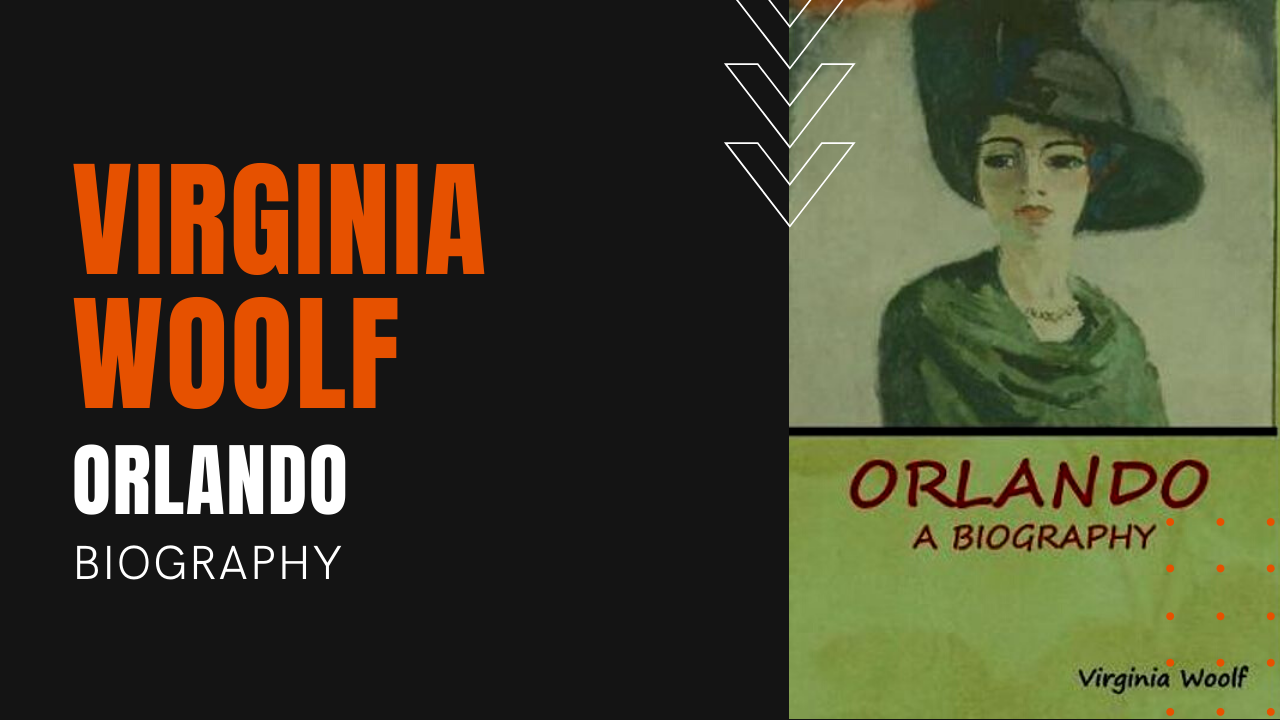Virginia Woolf’s Orlando: Sexuality, Transgenderism and “Inversion”

First published in October of 1928, Virginia Woolf’s Orlando is a high-spirited romp inspired by the tumultuous family history of the aristocratic poet, novelist and Woolf’s lesbian lover, Vita Sackville-West.
The book follows the adventures of a poet who changes sex from a man to a woman and lives for centuries without aging, along the way meeting key figures in English literary history. Since its publication, the book has become a feminist mainstay and has been extensively written about by scholars of women’s writing and transgender studies.
Virginia Woolf
Adeline Virginia Woolf was a member of the artistic and intellectual guild known as the Bloomsbury Group, which included fiction writer E.M. Forster and economist John Maynard Keynes, the group’s combined works profoundly influenced literature, aesthetics, criticism and economics, as well as modern attitudes towards feminism, pacifism and sexuality.
In Woolf’s novel specifically, the work also satirized British culture in the sense that “inversion,” as lesbianism was then called, was allowed only as a fictional allegory, but never touched upon in British society if inversion was deemed real.
Woolf also intended the novel as compensation for the sense of loss often felt by Sackville-West when she lost her childhood home to a male cousin, simply because he was male and she was female. Scholars have further argued that the novel is about the impossibility of representing the female experience in its entirety, particularly when the observing comes through the eyes and thinking of a male perspective.
